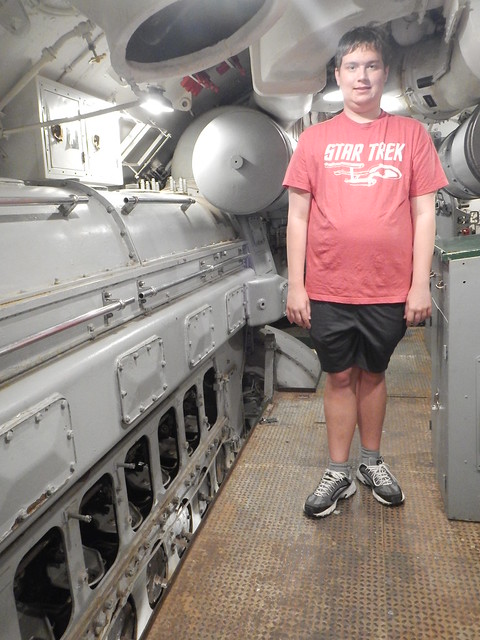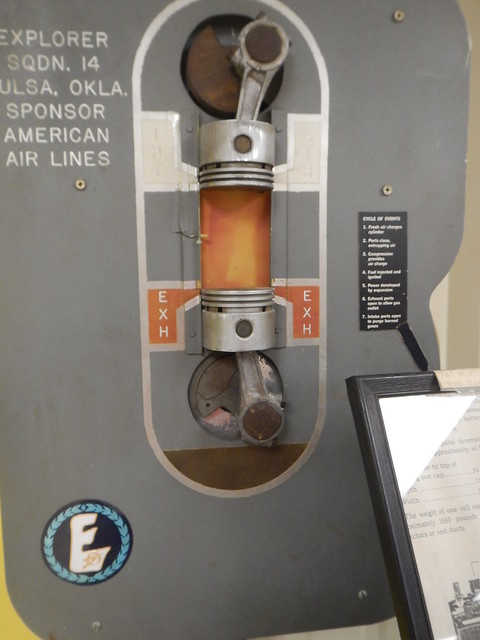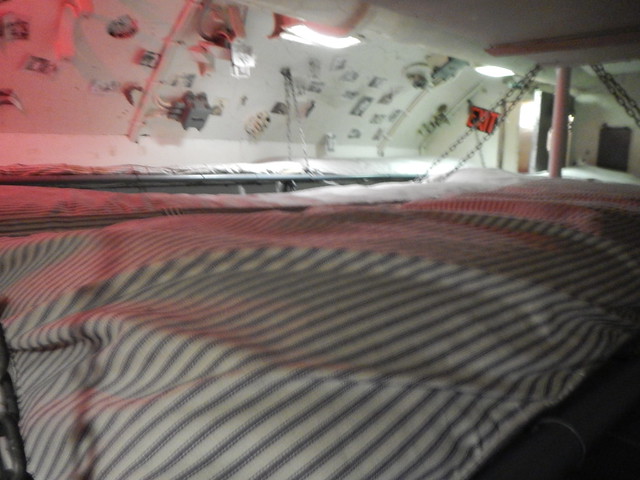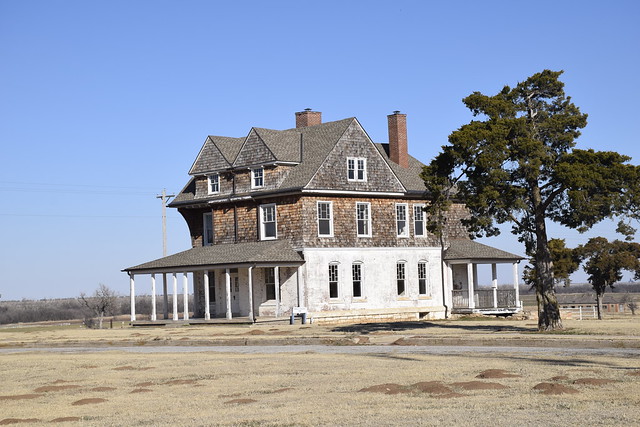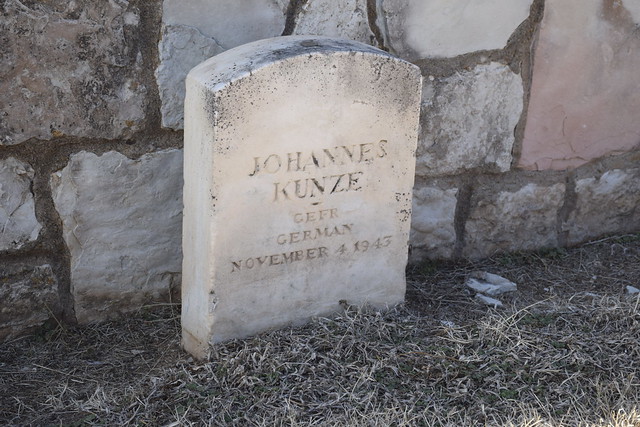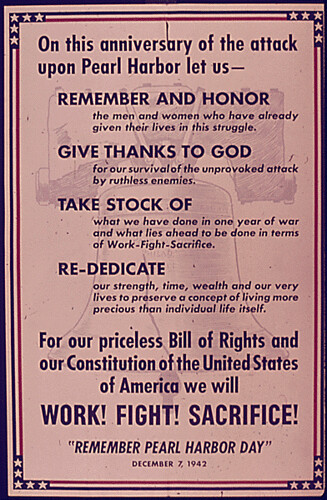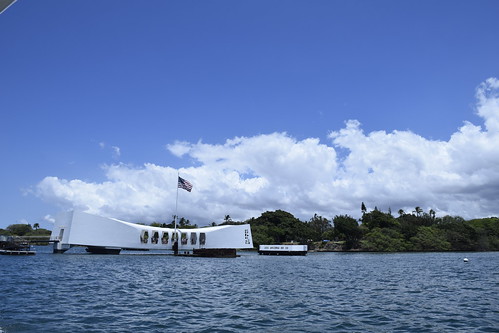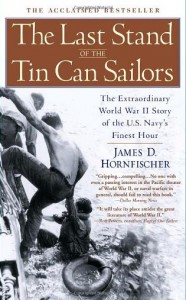
I just finished reading Extreme Justice by Vincent Green. It is a fictionalized account of an interesting historical event. The murder during World War II of a German soldier by Johannes Kunze by his fellow prisoners at a prisoner of war camp in Tonkawa, Oklahoma,after they found out that Kunze was acting as an informant to the Americans. It is a fascinating book from many different aspects. The soldiers were some of the 275,000 German soldiers of the famed German Afrika Corps who surrendered to the Americans and British after losing the battle North Africa.
Some interesting things to me were that the German non-commissioned officers strictly forbade the soldiers under them to read anything the Americans provided about the war. They insisted that the Germans were winning the war and that soon America would be a German colony. They also taunted their American guards by saluting them with Heil Hitler salutes and such. The other thing was that the Americans guarded the perimeter of the camp but the Germans had free rein on maintaining order and discipline inside the camp especially at night.
So what happened was that in November 1943 a German NCO found out that Kunze was informing to the Americans and he scheduled a meeting of the prisoners late at night to discuss the matter. When the other prisoners found out what was happening they rioted and brutally beat and murdered Kunze.

Kunze’s grave at Fort Reno, Oklahoma. Originally he was buried at Tonkawa but after the war the Army moved the remains of all POWs that were buried in Oklahoma to Fort Reno to a special section of the post cemetery where 62 Germans and 8 Italian POW prisoners were buried (some remains have been removed and sent back to Europe by now)
The American guards finally went in and found out what happened and basically arrested the five prisoners that had the most blood on them. The German’s were flabbergasted because they considered it strictly a German affair and none of the American’s business. They actually thought that after Germany won the war then it wouldn’t matter.The Americans had a different view. They were afraid that if they let these guys off and word got out then they could lose control of all the POW camps. They also knew that there were American prisoners in Germany who for one reason or another had been sentenced to death but had not been executed yet. Nobody wanted to start the executions because they knew the other side would execute their prisoners. So the Americans wanted a very fair, at least in appearance, trial that would withstand international scrutiny. The trial was to observed by a Swiss Embassy diplomat.
The Americans also wanted the prisoners to be found guilty. For the lead prosecutor they picked their top man, Leon Jaworski, who later became famous as being the Special Prosecutor during the Watergate scandal. The Army could have picked any defense lawyer in the country to defend the Germans and Jaworski made requests that somebody competent be appointed but the Army appointed a civil attorney from Arkansas who had never tried a criminal case of any sort to be the defense attorney.
So from there it was kind of a farce especially with a jury of American military officers. The trial itself was considered secret and when the verdict came it was considered secret also and none of the prisoners were told what the verdict was or what the punishment would be. They were all sentenced to hang. So they were all led back to their cells where they eventually figured out what their fate was to be.
There was some hope because late in the war, the Americans had 14 Germans condemned to die and the Germans had 15 Americans condemned to death and there was negotiation of a prisoner exchange at the German -Swiss border. One thing led to another and chaos descended on Germany and then Hitler killed himself and the Americans had no idea who in Germany could make the exchange happen. Then the the allies liberated the prisoner of war camps and retrieved the condemned Americans. That and the discovery of the German concentration camps had disgusted the world with Germany and Germans and nobody was in a mood to be merciful, and all that destroyed the German’s hopes.
One day, soon after the German surrender, the prisoners, who were held at the Army’s Fort Leavenworth prisoner, were marched one by one a quarter mile to a warehouse where they were hung in a gallows rigged up in an elevator shaft. Apparently it took about 20 minutes for them to die after being hung according to the book although they were unconscious. All told fourteen German POW’s were executed for killing informers among them.
The book is very informative and moves at a fast pace. Yes the trial that the German prisoners had was a farce but they were among 200 or so who beat Kunze to death. Only one person, a German chaplain tried to stop the murder but he was told to leave by the other prisoners. So maybe justice was served but there is a lot of mud out there for everybody.
As an aside we still read about farces like this every day here now in America. Criminals who are defended by incompetent attorneys before judges who don’t seem to care. I’ve heard that the criminal justice system in the US is not concerned about Justice, it is about due process or procedure. I can’t tell you how many times when an official of a law enforcement agency excuses stupid conduct by an officer by saying, “Everything that was done was in full compliance with our procedures.” Like that excuses anything. Don’t get me wrong, I am a strong supporter of law enforcement and hate criminals but an unjust system is corrosive to society.
Anyways, this is my extended review.
The book is out of print. I purchased a used copy on Amazon for 99 cents plus three times that postage and handling. I also see where you can download a pdf version for free here.


